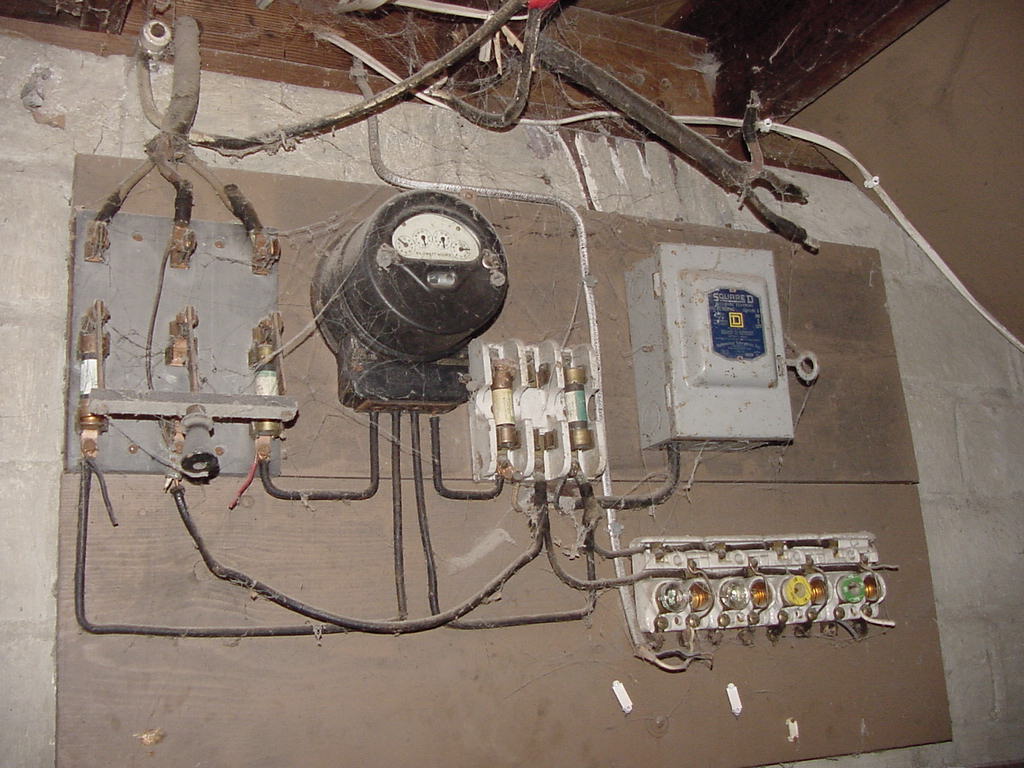Important Information About Residential Electrical Knob and Tube Wiring; Part 1
Knob-and-tube or K&T wiring, was an early standardized method of electrical wiring in buildings common in North America from about 1880 up until the 1970s. The system is considered obsolete and can be an electrical safety hazard, although some of the fear associated with it is undeserved. Below is some important information every home owner should know about Knob and Tube Wiring.

Facts About Knob and Tube Wiring
•It is not inherently dangerous. The dangers from this system arise from its age, improper modifications to the electrical systems, and situations where building insulation envelops the wires.
•It has no ground wire and thus cannot service any three-pronged appliances.
•While it is considered obsolete, there is no code that requires its complete removal.
•It is treated differently in different jurisdictions. In some areas, it must be removed at all accessible locations, while others merely require that it not be installed in new construction.
•It is not permitted in any electrical upgrades.

How Knob and Tube Wiring Works
Knob and Tube wiring consists of insulated copper conductors passing through lumber framing drill-holes via protective porcelain insulating tubes. They are supported along their length by nailed-down porcelain knobs. Where wires enter a wiring device, such as a lamp or switch, or were pulled into a wall, they are protected by flexible cloth or rubber insulation called “loom.”

Advantages of Knob-and-Tube Wiring
•Knob and Tube wiring has a higher ampacity than wiring electrical systems of the same gauge. The reason for this is that the hot and neutral wires are separated from one another, usually by 4 to 6 inches, which allows the wires to readily dissipate heat into free air.
•Knob and Tube wires are less likely than Romex cables to be punctured by nails because K&T wires are held away from the framing.
•The porcelain components have an almost unlimited lifespan.
•The original installation of knob-and-tube wiring is often superior to that of modern Romex wiring. K&T wiring installation requires more skill to install than Romex and, for this reason, unskilled people rarely ever installed it.



